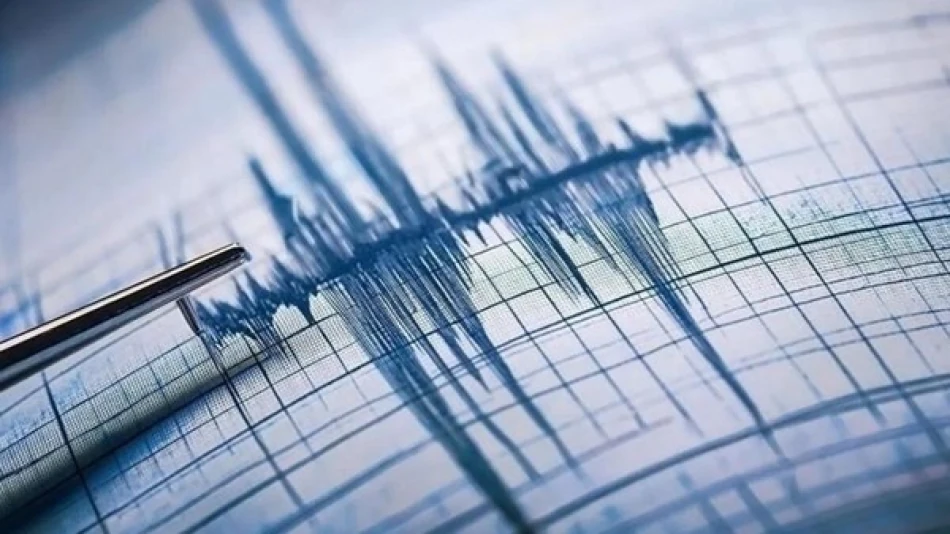
Powerful Earthquake Rattles Indonesia's Sulawesi, Residents Urged to Remain Vigilant
Moderate 5.7 Magnitude Earthquake Strikes Indonesia's Sulawesi, Highlighting Regional Seismic Vulnerability
A 5.7 magnitude earthquake struck the Indonesian island of Sulawesi at a relatively shallow depth of 10 kilometers, according to the German Research Centre for Geosciences. While moderate in scale, the tremor underscores Indonesia's position as one of the world's most seismically active regions, sitting directly on the volatile Pacific Ring of Fire where tectonic activity regularly threatens the archipelago's 270 million residents.
Shallow Depth Amplifies Ground Impact
The earthquake's shallow depth of just 10 kilometers is particularly significant, as tremors occurring closer to the surface typically produce more intense ground shaking than deeper events of similar magnitude. This geological characteristic can amplify structural damage and public alarm, even for moderate-scale earthquakes that might otherwise cause minimal disruption.
Sulawesi, Indonesia's fourth-largest island, has experienced devastating seismic events in recent years. The region remains etched in global memory following the catastrophic 7.5 magnitude earthquake and subsequent tsunami that struck Palu in Central Sulawesi in September 2018, killing over 4,300 people and displacing hundreds of thousands.
Indonesia's Ongoing Seismic Challenge
Indonesia experiences thousands of earthquakes annually due to its location at the intersection of four major tectonic plates: the Pacific, Eurasian, Indo-Australian, and Philippine Sea plates. This geological reality makes earthquake preparedness and early warning systems critical infrastructure investments for the nation's economic stability and population safety.
Economic and Infrastructure Implications
Frequent seismic activity poses ongoing challenges for Indonesia's development goals and foreign investment climate. The country's mining sector, tourism industry, and manufacturing base all face elevated risks from geological instability. International insurers and infrastructure developers consistently factor Indonesia's earthquake exposure into risk assessments and project financing decisions.
The government has invested heavily in earthquake monitoring systems and building code enforcement following past disasters, though implementation across the sprawling archipelago remains uneven. Modern seismic detection networks, like the one operated by the German Research Centre for Geosciences, provide crucial real-time data for emergency response coordination.
Regional Comparison and Preparedness Standards
Indonesia's seismic challenges mirror those faced by other Ring of Fire nations, including Japan and the Philippines, though preparedness levels vary significantly. Japan's advanced early warning systems and strict building codes offer a model for earthquake resilience, while countries like Chile have demonstrated effective tsunami preparedness following major events.
For Indonesia, each moderate earthquake serves as both a reminder of geological vulnerability and an opportunity to test emergency response capabilities. The frequency of such events—while disruptive—helps maintain public awareness and institutional preparedness that proves invaluable when larger disasters strike.
 Layla Al Mansoori
Layla Al Mansoori







